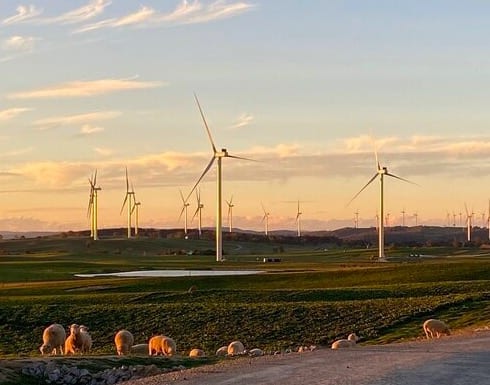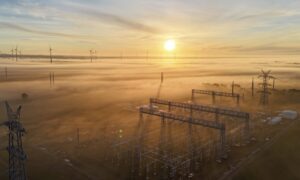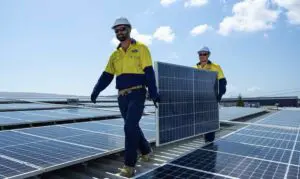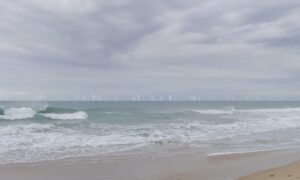The National Electricity Market (NEM) connection process has struggled to keep pace with the massive influx of renewable generation and storage projects.
New wind, solar and batteries have faced long delays in getting connected, increasing costs for customers and slowing down the critical build-out of renewable generation and storage.
There are about as many proposed reasons for this undesirable situation as there are new connections. There have been some hard conversations and some unhappy people on both sides of the negotiating table.
But pointing fingers has not resolved the problem. Resourcing constraints, cultural change, and a clean energy industry rapidly scaling up to incumbency have all contributed.
A few years ago, it became apparent to all involved that things needed to change. So the Clean Energy Council and Australian Energy Market Operator (AEMO) commenced the Connection Reform Initiative (CRI) to try to solve this formerly intractable problem.
The CRI has been a real eye-opener for everyone involved. The process has involved a lot of workshops and a lot of listening, to hear legitimate concerns on all sides and try to come up with workable solutions. It meant burying hatchets, building stronger relationships, and finding solutions that balanced the needs of AEMO, the networks and the clean energy industry.
This week, the Clean Energy Council lodged a rule change request representing a significant milestone in the CRI process. We are proposing some fixes to the registration stage of the connection process. Getting generators registered was identified by renewable investors and developers as a key focus area for reform way back at the beginning of the CRI.
Registration is where the design of a new connecting generator is tested to ensure it can perform as was originally proposed. It should be a relatively quick process, but in recent years it has bogged some projects down, with generators going through multiple rounds of remodelling plant design.
These delays impose major costs on investors and developers, ultimately flowing back to customers through higher energy costs.
We are proposing a number of changes to fix these problems. They will reduce the uncertainty many generators face in the connection process, helping bring investment costs down. The specific changes we are proposing are detailed, but in short, they include:
- Timelines for how quickly AEMO and networks must approve a generator’s registration;
- Allowing AEMO to “conditionally approve” a generator to be registered where registration has been held up for non-critical issues – and where these issues can be resolved later;
- Allowing network businesses to source the lowest cost solutions to fix problems identified when a generator goes through a registration process;
- Allowing projects to readjust their performance to account for better information, where this does not cause a material impact on the power system, and;
- New frameworks to help AEMO, networks and connecting parties resolve disagreements.
This rule change request now sits with the Australian Energy Market Commission (AEMC). There’s still quite a lot to be done as the AEMC works through its detailed consultative process and refines the proposal.
In the meantime, many other issues are still being worked on through the CRI.
For example, we are looking into the concept of “collective retuning,” which refers to changing the settings of a number of different generators, all at the same time. This can stabilise the power system and supply more power to customers. It also allows more renewables to connect to the system, increasing the efficiency of network utilisation.
The Clean Energy Council continues working with AEMO to explore the National Electricity Rules clause 5.3.9 provisions. Those three numbers are enough to instill fear in many a connection engineer. However, it doesn’t have to be so.
A 5.3.9 process occurs when a generator wants to change their equipment. It was initially about ensuring new equipment could meet technical performance requirements.
However, in recent years it’s caused lengthy remodelling processes, causing major costs for generators. The result is that many other generators have held off making changes to their equipment, even if this could have provided improved outcomes on the power system.
Decarbonising the NEM is a long and challenging process and its going to take a lot of goodwill from a lot of people. The CRI gives us an insight into how this can be done – as an iterative process where networks, AEMO and a mature clean energy industry come together as equals to solve the problems that need to be solved. With no fingers pointed.
Christiaan Zuur is director of market, grid and investment at the Clean Energy Council








